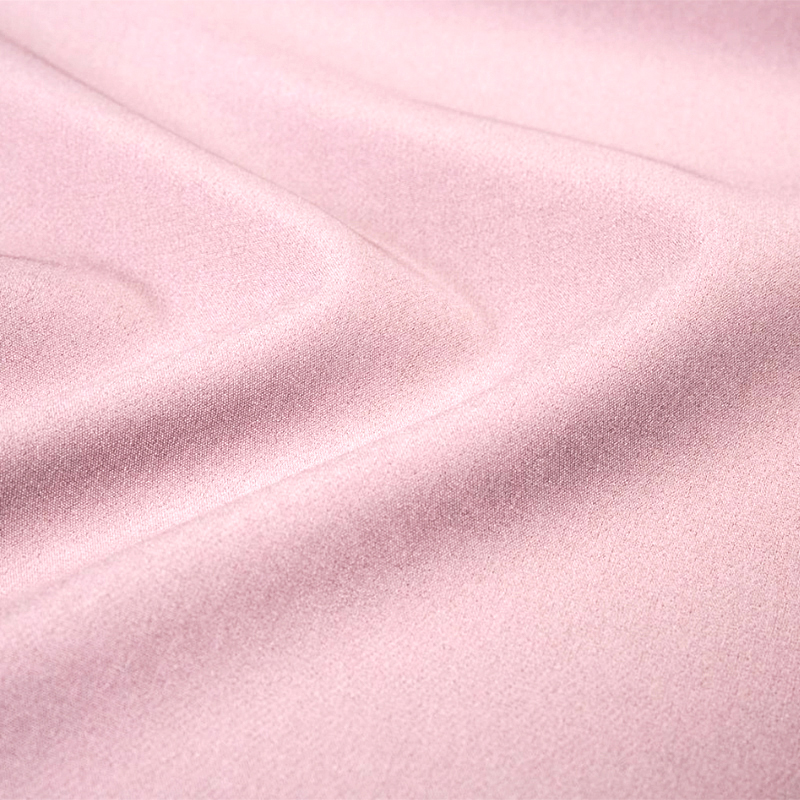Producing 4-way stretch fabric sustainably involves using eco-friendly materials, processes, and technologies to minimize environmental impact while maintaining the fabric's elasticity and performance. Here are some key approaches used in sustainable production:
Eco-Friendly Materials
Sustainable 4-way stretch fabrics often use recycled or biodegradable materials instead of conventional synthetic fibers. Some common materials include:
Recycled Polyester and Nylon: Made from post-consumer waste like plastic bottles or discarded fishing nets, recycled polyester and nylon reduce the need for virgin petroleum-based materials and help keep plastic waste out of landfills and oceans.
Organic Cotton or Bamboo: When combined with elastane or spandex, natural fibers like organic cotton or bamboo can create sustainable stretch fabrics. Organic cotton uses less water and fewer chemicals than conventional cotton, while bamboo is known for its rapid growth and minimal pesticide requirements.
Bio-based Elastane Alternatives: Some manufacturers are developing elastane (spandex) alternatives from renewable plant-based sources. These bio-based fibers aim to mimic the stretch and recovery properties of traditional elastane while being more sustainable.
Reduced Water and Energy Usage
Traditional textile manufacturing processes can be water-intensive, especially during dyeing and finishing. Sustainable production methods address this by:
Waterless or Low-Water Dyeing Technologies: Techniques such as solution dyeing or digital printing use significantly less water than traditional dyeing methods. Solution dyeing, for example, adds color to the polymer before it is made into fibers, thereby eliminating the need for water in the dyeing process.
Energy-Efficient Equipment: Using modern, energy-efficient machinery for knitting, dyeing, and finishing helps reduce the overall carbon footprint. Heat recovery systems, for example, capture excess heat from equipment and reuse it within the production process.
Closed-Loop Production
Some companies use closed-loop systems that recycle chemicals, water, and even fabric waste within the production process, which minimizes environmental impact. For example:
Solvent Recycling: In some cases, solvents used to dissolve synthetic fibers can be captured, purified, and reused rather than released into the environment.
Textile Waste Recycling: Scrap materials and leftover fabric from the cutting or weaving process can be recycled back into new yarns or fabrics, reducing waste.

Non-Toxic and Eco-Friendly Chemicals
Using safer, environmentally friendly chemicals in textile processing minimizes pollution. This includes:
Bluesign® or OEKO-TEX® Certified Dyes and Finishes: These certifications ensure that the chemicals used in fabric production meet strict safety and environmental standards, reducing the risk of harmful substances in the supply chain.
PFC-Free Waterproof Finishes: For stretch fabrics used in activewear or outerwear, some manufacturers opt for PFC-free (per- and polyfluorinated chemicals) waterproof treatments that are less harmful to the environment.
Ethical and Transparent Supply Chains
Sustainability in fabric production also includes ethical practices that protect workers' rights and ensure transparency:
Fair Labor Practices: Ensuring fair wages, safe working conditions, and reasonable working hours for textile workers is an important aspect of sustainability.
Traceable Supply Chains: Some companies offer full traceability for their fabrics, allowing consumers to know the origins of the materials and the manufacturing processes involved.
Innovative Production Techniques
Innovations in textile engineering are creating more sustainable ways to produce 4-way stretch fabrics:
3D Knitting and Seamless Technology: These techniques reduce fabric waste by creating garments directly from the yarn, without the need for cutting and sewing. It also allows for precision in placing stretch and compression areas within the fabric.
Recycling Stretch Fabric Blends: Blended fabrics containing elastane are traditionally difficult to recycle, but new chemical recycling methods can separate and recover both the elastane and other fibers, allowing them to be reused.
Sustainable production of 4-way stretch fabrics involves integrating eco-friendly materials, energy-saving technologies, closed-loop systems, non-toxic chemicals, and ethical practices. These efforts not only reduce the environmental impact but also contribute to creating high-performance fabrics that meet consumer demands for both comfort and sustainability.


.jpg?imageView2/2/format/jp2)



.jpg?imageView2/2/format/jp2)




